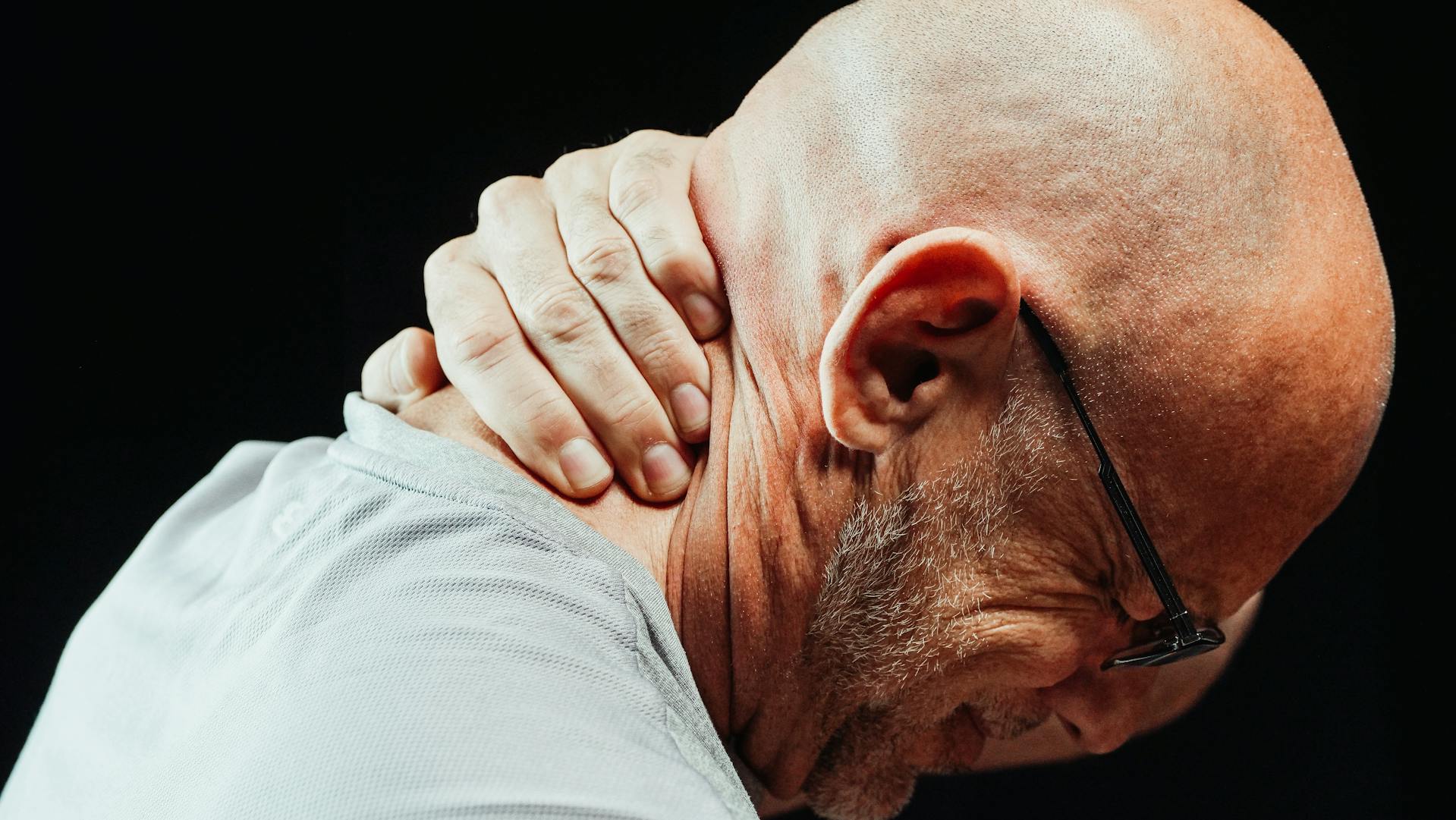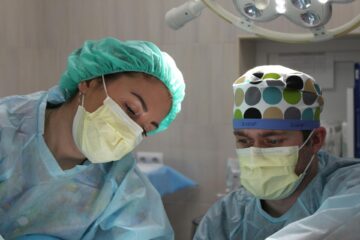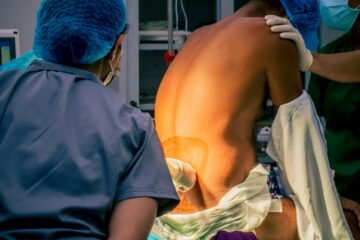When a 56-year-old gentleman came to our clinic, he was facing far more than ordinary neck pain. For several weeks, he had noticed a gradual but steady loss of strength in all four limbs. Tasks that had once been routine like buttoning a shirt, lifting a teacup, walking to the bathroom and such, had become exhausting. His neck felt stiff, turning his head was uncomfortable, and his confidence in walking was fading. Each day, his steps grew slower and less steady, and his family became increasingly concerned about his condition.
Finding the Cause
A detailed examination revealed clear neurological signs. There was weakness in both his arms and legs, brisk reflexes that suggested an upper motor neuron problem, and difficulty maintaining balance while walking. There were also signs of myelopathy. It’s a condition in which the spinal cord is under stress or damage.
Given the rapid progression of his symptoms, we immediately ordered an MRI scan of his cervical spine. The scan revealed several significant findings:
- Infection of the spine at the C5–C6 level, known medically as spondylodiscitis
- A collection of pus in front of the spine, called a pre-vertebral abscess
- Severe compression of the spinal cord, which explained his weakness
- Changes inside the spinal cord itself caused by ongoing pressure
The combination of these findings strongly suggested tubercular spondylitis, more commonly known as Pott’s Spine, a form of spinal tuberculosis that can occur in the neck, though it is less common than in the middle or lower spine.
Understanding Spinal Tuberculosis
Tuberculosis is often associated with lung infections, but it can also affect bones and joints. When it involves the spine, it usually begins in the intervertebral discs and the adjacent vertebrae. Over time, the infection can damage bone, create instability, and compress the spinal cord or nerve roots.
In the cervical spine, the space available for the spinal cord is limited. Even a small abscess or swelling can have severe effects on nerve function, leading to weakness, loss of coordination, and, in severe cases, paralysis. For this reason, early detection and timely intervention are crucial.
Why Surgery Was Needed
While some cases of spinal tuberculosis can be treated with medication alone, the situation changes when there is significant spinal cord compression or rapidly worsening neurological symptoms. In this patient’s case, there were three critical reasons for urgent surgery:
- His weakness was progressing quickly, affecting all four limbs.
- MRI scans showed severe compression of the spinal cord.
- Without intervention, there was a real risk of permanent paralysis.
The Surgery
The chosen procedure was an anterior C5–C6 corpectomy with fusion. This approach allowed us to directly access the infected area from the front of the neck, remove the damaged vertebrae and discs, and reconstruct the spine in a single operation.
The surgery involved the following steps:
- Making a small incision in the front of the neck to reach the spine safely
- Removing the infected C5 and C6 vertebral bodies along with the damaged discs
- Draining the pus and sending samples for microbiological and histopathological testing
- Cleaning out all visible infected tissue to reduce the bacterial load
- Placing a titanium cage filled with bone graft to maintain spinal height and support
- Securing the area with an anterior cervical plate for stability
The entire operation was performed under neuromonitoring, which continuously assessed spinal cord function to ensure safety throughout the procedure.
Recovery and Immediate Results
The patient woke up from surgery without any new neurological deficits. On the first postoperative day, he reported complete relief from neck pain. Within the first week, he began to regain strength in his arms and legs. His walking improved, and he was able to perform basic activities more independently.
Laboratory results from the surgical samples confirmed the presence of Mycobacterium tuberculosis, the bacteria responsible for tuberculosis. This allowed us to start him on a complete course of anti-tubercular therapy (ATT) following national treatment guidelines.
Follow-Up and Rehabilitation
By the two-week follow-up appointment, his neck pain was gone, his balance had improved noticeably, and his limb strength continued to recover. His surgical wound had healed well, and X-rays confirmed that the implants were in good position.
Recovery from spinal TB is a process that extends over months. He is now following a structured rehabilitation plan that includes:
- Strict adherence to the ATT medication for several months to fully eradicate the infection
- Regular physiotherapy to rebuild muscle strength, improve posture, and restore mobility
- Periodic MRI scans to monitor healing and ensure there is no recurrence
- Nutritional support to enhance immunity and promote recovery
Lessons from This Case
This case highlights several important points for both patients and medical professionals:
- Spinal tuberculosis, though serious, is treatable when diagnosed early.
- Neurological symptoms such as limb weakness should never be ignored, as they may signal significant spinal cord compression.
- Surgery, when indicated, can be life-changing. It can not only relieve symptoms but also enable targeted treatment after laboratory confirmation.
- A multidisciplinary approach involving surgeons, infectious disease specialists, and physiotherapists is key to optimal recovery.
Conclusion
Spinal tuberculosis remains a challenge in many parts of the world, but advances in imaging, surgical techniques, and targeted medical therapy have made successful outcomes far more achievable. This case is a reminder of how timely diagnosis, prompt surgical intervention, and dedicated rehabilitation can restore not only physical function but also quality of life.
For this patient, the journey from pain and weakness to strength and independence is a testament to what modern spine surgery can accomplish. With continued adherence to his treatment plan and regular follow-ups, he is expected to make a full recovery and enjoy an active, healthy life once again.


